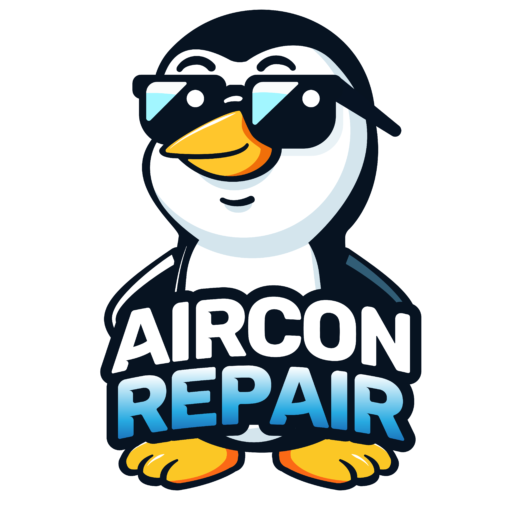Proper maintenance is the key to keeping your commercial HVAC system running efficiently and lasting longer. Without regular upkeep, your system can become overworked, leading to costly repairs, higher energy bills, and uncomfortable indoor conditions. This guide will walk you through essential HVAC maintenance practices to improve performance, reduce downtime, and extend the lifespan of your equipment. Whether you’re a business owner or facility manager, understanding these steps can help you avoid unexpected breakdowns and ensure a comfortable, energy-efficient environment year-round. Stay ahead of potential issues with proactive maintenance and keep your HVAC system operating at peak performance.
The Importance of Regular Commercial HVAC Maintenance
A well-maintained commercial HVAC system provides multiple benefits, including:
- Improved Energy Efficiency – Reducing operational costs and lowering utility bills.
- Extended Equipment Lifespan – Preventing premature breakdowns and replacements.
- Enhanced Indoor Air Quality – Minimizing dust, allergens, and mold growth.
- Lower Repair Costs – Identifying and addressing small issues before they escalate into major repairs.
- Regulatory Compliance – Meeting environmental and safety standards for commercial buildings.
Key Maintenance Tips for Commercial HVAC Systems
Consistent maintenance boosts energy efficiency, prolongs equipment life, and maintains superior indoor air quality. By following these essential HVAC care tips, you can minimize unexpected breakdowns, cut down on repair expenses, and ensure a comfortable, well-regulated indoor climate throughout the year.
1. Schedule Regular Inspections and Cleaning
Routine inspections are crucial for preventing system failures and optimizing performance. Key areas to focus on include:
- Air Filters: Replace or clean filters monthly to maintain airflow and indoor air quality.
- Ductwork: Inspect and clean ducts periodically to prevent dust, mold, and debris buildup.
- Coils and Fins: Clean evaporator and condenser coils to enhance heat exchange efficiency.
- Drain Lines: Clear clogged drain lines to prevent water damage and ensure proper drainage.
2. Optimize Thermostat Settings
Ensure thermostats are correctly calibrated and aligned with the building’s occupancy schedule. Smart thermostats can further enhance energy savings by adjusting temperatures based on real-time data.
3. Inspect Electrical Components and Connections
Loose or damaged electrical connections can lead to system failures. Regularly inspect wiring, control panels, and circuit boards for signs of wear, corrosion, or overheating.
4. Lubricate Moving Parts
Motors, bearings, and fans require proper lubrication to reduce friction and prevent overheating. This simple step minimizes wear and tear, improving overall efficiency.
5. Monitor Refrigerant Levels and Check for Leaks
Low refrigerant levels can strain the system, leading to inefficiencies and higher energy costs. Inspect for leaks and ensure refrigerant levels meet manufacturer recommendations.
6. Implement Preventative Maintenance Plans
Work with a licensed commercial HVAC technician to schedule biannual or quarterly maintenance visits. Professional inspections help detect potential issues before they lead to costly repairs.
7. Test Safety Controls
Safety features such as limit switches, pressure controls, and emergency shut-off mechanisms should be tested regularly to prevent equipment malfunctions or hazardous conditions.
8. Ensure Proper Airflow Management
Blocked vents or improperly positioned registers can cause uneven airflow, forcing the system to work harder. Keep all air distribution pathways clear to maintain consistent temperatures throughout the building.
9. Analyze Energy Usage and Efficiency
Monitor energy consumption trends and address inefficiencies. Upgrading outdated components, such as motors or thermostats, can lead to significant cost savings over time.
10. Train Staff for Basic HVAC Maintenance
Educate building maintenance personnel on essential HVAC upkeep, including:
- Changing air filters
- Identifying system warning signs
- Resetting thermostats
- Recognizing unusual noises or odors This proactive approach helps in early issue detection and reduces dependency on emergency repairs.
11. Consider HVAC System Upgrades
If your commercial HVAC system is approaching the end of its lifespan (typically 15-20 years), upgrading to a modern, energy-efficient model can reduce operational costs and improve overall performance. Look for ENERGY STAR-rated systems to maximize savings and sustainability.
Partner with a Trusted Commercial HVAC Service Provider
Partnering with a reliable commercial HVAC company ensures your system remains in peak condition. Regular servicing from certified technicians provides:
- Thorough inspections and system diagnostics
- Proactive maintenance to prevent breakdowns
- Expert guidance on energy-saving upgrades
- Compliance with industry standards and regulations
Conclusion
Investing in regular commercial HVAC maintenance is essential for keeping your system efficient, reliable, and cost-effective. By following the best practices outlined in this guide—such as scheduling routine inspections, optimizing energy usage, and partnering with a trusted HVAC service provider—you can prevent costly repairs, extend the lifespan of your equipment, and maintain a comfortable indoor environment year-round. Proactive maintenance not only enhances system performance but also ensures compliance with safety regulations and reduces energy expenses. Stay ahead of potential issues, and keep your commercial HVAC system operating at peak efficiency for years to come.
